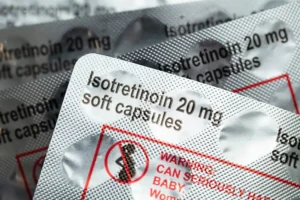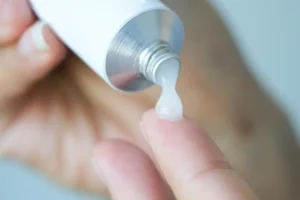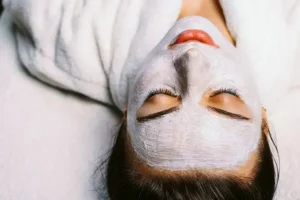In the ever-evolving world of skincare, one trend has raised both curiosity and eyebrows: spicules. Marketed as a gentle alternative to microneedling and touted for their ability to rejuvenate skin and improve texture, these microscopic “needles” are popping up in serums, ampoules, and facials.
But what are spicules really? Are they a breakthrough for dull skin and post-acne scars – or just another overhyped skincare gimmick? Let’s take a closer look.
What Are Spicules in Skincare?
Spicules are microscopic needle-like structures typically derived from marine sponges such as Haliclona or Spongilla species. These natural silica-based structures are harvested, purified, and used in skincare to create tiny, temporary microchannels in the skin – much like a chemical-free microneedling.
In some products, you might also see synthetic spicules developed to mimic their effect with more controlled results.
How Do Spicules Work on the Skin?
When applied to the skin (usually through massage or a “press and roll” motion), spicules penetrate the stratum corneum, creating micro-injuries that temporarily disrupt the skin barrier. This can:
- Trigger a mild inflammatory response
- Stimulate fibroblast activity (collagen production)
- Boost absorption of actives like peptides, EGF, or vitamin C
You might experience a tingling or prickly feeling for 24–48 hours, which is part of the expected effect.
Claimed Benefits of Spicule-Based Products
Here’s what brands and users commonly report:
- Smoother skin texture
- Reduced appearance of acne scars and hyperpigmentation
- Brighter, firmer complexion
- Improved ingredient penetration
- Fast cellular turnover
However, robust clinical studies are still limited. Most claims are based on anecdotal evidence or small manufacturer-led trials.
Can Spicules Help with Acne or Acne Scars?
Spicules may help post-acne concerns like textural scarring or dullness by increasing cell turnover and encouraging collagen regeneration. When paired with brightening or anti-inflammatory ingredients, they may also help fade hyperpigmentation.
But be cautious – spicules should not be used during active breakouts or on inflamed, irritated skin. They can aggravate inflammation, cause stinging, or trigger barrier damage if your skin is already compromised.
What to Consider Before Adding Spicules to Your Routine
Spicules are generally well-tolerated when used correctly, but here’s what you need to watch for:
- Tingling, redness, or flaking (usually temporary)
- Irritation for sensitive or rosacea-prone skin
- Possible purging in early stages due to accelerated cell turnover
Always patch-test, and avoid using other strong actives like retinoids or exfoliating acids on the same day.
Who Should Use Spicules – and Who Should Avoid Them?
Best candidates:
Anyone struggling with scarring, bumpy skin, or a dull complexion
People seeking a non-invasive resurfacing method
Avoid if you have:
Active acne, open wounds, or cystic breakouts
Eczema, rosacea, or sensitive skin
Recently used strong exfoliants or retinoids
How to Spot Spicules on Ingredient Labels
You won’t usually see “spicules” directly listed. Look for these instead:
- Hydrolyzed sponge
- Sponge spicules
- Spongilla spicules
- Sometimes labeled as “micro-needling alternative” or “microneedle serum”
Also note: these products are typically not for daily use.These treatments are typically meant for use just once or twice weekly, rather than daily.
What Does Science Say About Spicules?
So far, scientific research on spicule-based skincare is still early, but some results look promising.
- A 2019 study showed that sponge spicules can create tiny channels in the skin, helping other ingredients absorb much more effectively — boosting delivery by over 20 times compared to standard application. These results were seen in lab tests on mice, not humans.
- Another 2021 preclinical study found that repeated spicule treatments in mice reduced inflammation and thickening of the skin, pointing to possible anti-inflammatory effects. Still, no human trials have confirmed these benefits yet.
How Are Brands Selling Spicule Products Without Human Trials?
Despite the lack of human clinical trials, spicules are being included in cosmetics — especially in K-beauty and professional spa treatments. Brands market them as “microneedle alternatives” or “natural exfoliants.” Why?
- Cosmetic regulations (in most countries, including the U.S.) do not require clinical proof for over-the-counter skincare products unless they’re making medical claims.
- If the ingredient isn’t banned and doesn’t cause immediate harm, companies can use it based on internal or historical use, not on peer-reviewed data.
This means products can be legally sold without human trials, as long as they’re marketed for general cosmetic use (e.g., brightening, smoothing).
Until more data becomes available, spicules remain a promising but experimental option, best used with caution and informed guidance.
As always: check your skin’s current condition, start slow, and consult your derm if in doubt.





